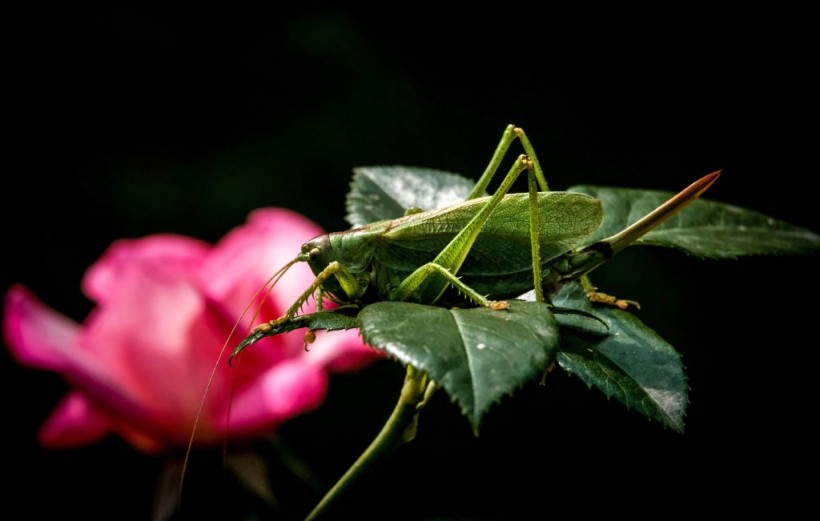Biodiversity, the variety of living things on Earth, is essential for the well-being of humans and the planet.
However, a new study reveals that biodiversity in Europe is facing a serious crisis, as about one fifth of the species assessed are at risk of extinction due to human activities.
The alarming state of European species
 (Photo : YURI KADOBNOV/AFP via Getty Images)
(Photo : YURI KADOBNOV/AFP via Getty Images)

The study, published in the open-access journal PLOS ONE, analyzed the conservation status of 14,669 species of plants and animals found in Europe, according to the International Union for Conservation of Nature's (IUCN) Red List of Threatened Species.
The Red List is widely considered to be the most comprehensive source of extinction threat information.
The researchers found that about 19% of the 14,669 species face the threat of extinction, including 27% of plants, 24% of invertebrates, and 18% of vertebrates.
These species account for about 10% of all animals and plants found on land or in freshwater or marine environments in Europe.
Some of the most endangered species include the Crau Plain Grasshopper, which is endemic to the Crau steppe in southern France and threatened by changes in the grazing regime of its habitat.
The Angelshark, which was once widespread in the Mediterranean and eastern Atlantic but has declined drastically due to fishing and habitat degradation; and the European Mink, which has lost more than 90% of its range in the last century due to hunting, habitat loss, and competition with the invasive American Mink.
The study also suggested that the proportion of invertebrates at risk of extinction greatly exceeds the latest estimates from the Intergovernmental Science-Policy Platform on Biodiversity and Ecosystem Services (IPBES), an international organization involving dozens of member countries.
IPBES estimated that about one million species worldwide are threatened with extinction, but the new study indicates that this number could be twice as high.
The main drivers of biodiversity loss
The study also identified the main threats to European biodiversity, based on the analysis of the Red List assessments.
The researchers found that the most common threat is agricultural land-use change, which affects 38% of the threatened species.
This includes the conversion of natural habitats to croplands, pastures, or plantations, as well as the intensification or abandonment of agricultural practices.
Other major threats include over-exploitation of biological resources, such as hunting, fishing, logging, or harvesting, which affects 28% of the threatened species; pollution, such as chemical, light, noise, or thermal pollution, which affects 26% of the threatened species; and residential and commercial.
Also Read: Researchers Find 'Center of the Center of Biodiversity' in the Philippines
The need for urgent action and investment
The authors of the study called for urgent action and investment to counter the loss of biodiversity in Europe.
They argued that biodiversity is not only important for its intrinsic value, but also for its contribution to food security, wealth generation, and human well-being.
They also pointed out the need for more research and data to improve the understanding of the status and trends of European species, especially for groups that are poorly represented in the Red List, such as fungi, algae, or microorganisms.
According to them, the Red List assessments should be updated regularly and integrated with other sources of information, such as citizen science or remote sensing.
Development, such as urbanization, infrastructure, or tourism, which affects 25% of the threatened species.
The study also highlighted the impacts of climate change, invasive species, and human disturbance on European biodiversity.
These threats are expected to increase in the future and pose additional challenges for conservation efforts.
Related article: Sewage Pollution Greatest Threat to River Biodiversity [Study]
© 2024 NatureWorldNews.com All rights reserved. Do not reproduce without permission.




![Roundworms with Short Memories 'Stop Forgetting' When Frozen or Given Lithium [Study]](https://1471793142.rsc.cdn77.org/data/thumbs/full/70295/280/157/50/40/roundworms-with-short-memories-stop-forgetting-when-frozen-or-given-lithium-study.jpg)
